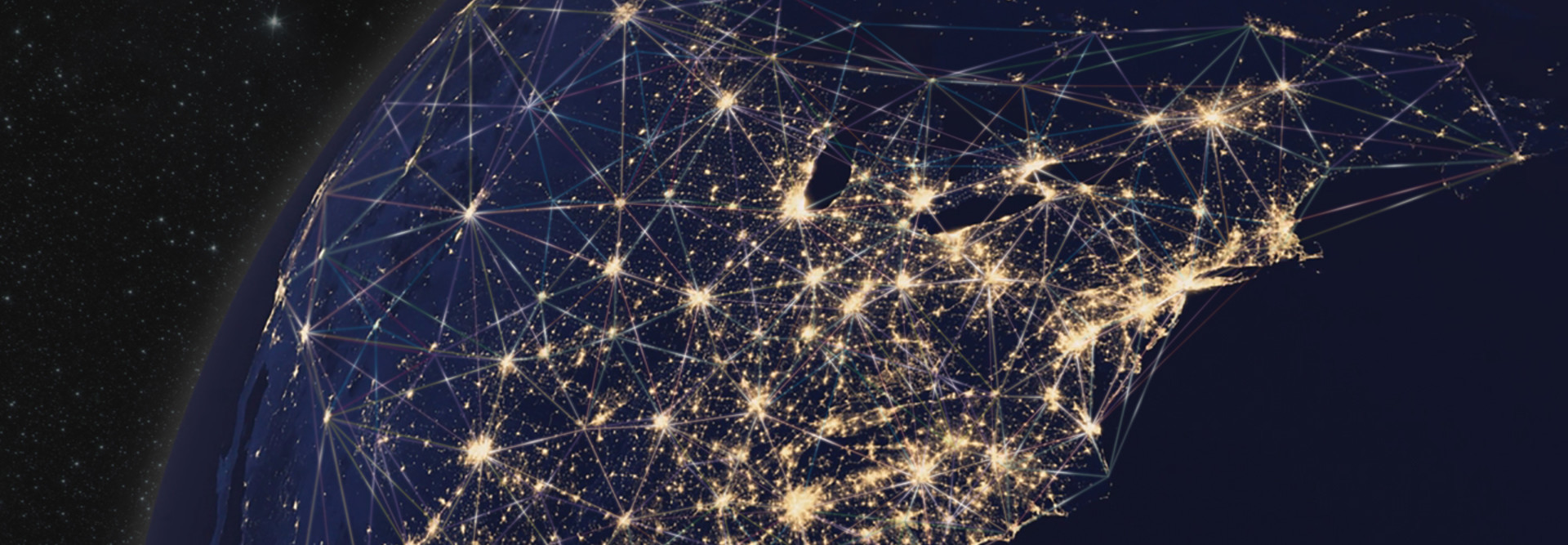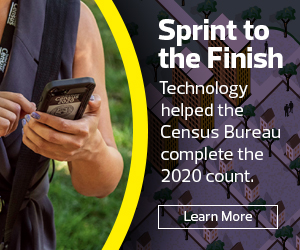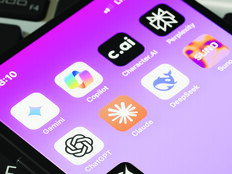Data Steered the Census Bureau Through the Count
In addition, enumerators followed up with residents who did not respond to the initial survey by visiting them at their homes, using iPhones (configured by CDW•G as a Device as a Service solution to collect data and communicate with census supervisors.
The Census Bureau’s fusion center pulled data feeds from a number of locations: from the U.S. Centers for Disease Control and Prevention, about COVID-19 outbreaks; from state and local agencies, to monitor weather and natural disasters; and from the enumerators and the internet self-responses, to manage census operations.
Census directors could see in real time which geographic regions’ response rates were lagging and devote more resources to those areas, and they could use data from the security operations center to respond to cyberthreats in real time.
“That helped us make real-time, data-driven decisions,” says Thieme. “All of this data was coming in every day so that we could do an analysis and make sure that what we were asking people to do made sense.”
The time was ripe for an operation such as this, says Laura DiDio, principal analyst for Information Technology Intelligence Consulting. Data analytics helped agencies across government respond to the COVID-19 crisis. It offers “everything from the 30,000-foot view to these tidbits of data that give you access to actionable insights,” DiDio says.
“Knowledge is power,” she adds. “That’s the real message of what has happened under COVID.”
READ MORE: Learn how the Census Bureau handled its delicate cybersecurity issues.
Tech Helped the Census Bureau Make Up for Lost Time
In the 2020 census, the bureau had separate systems to gather data and manage operations. Digitizing the census helped pare down that list of technologies, but the bureau’s infrastructure still consisted of 52 systems — everything from operating systems and databases to middleware and devices.











